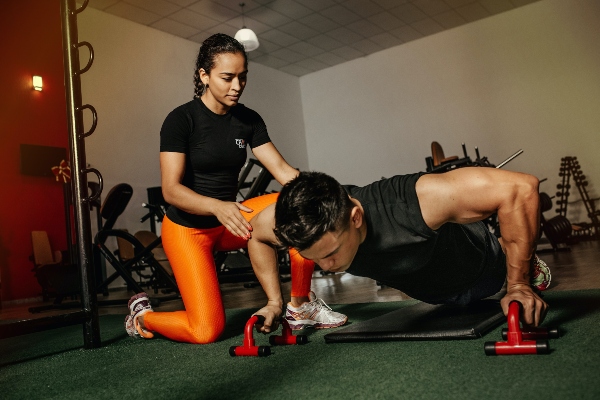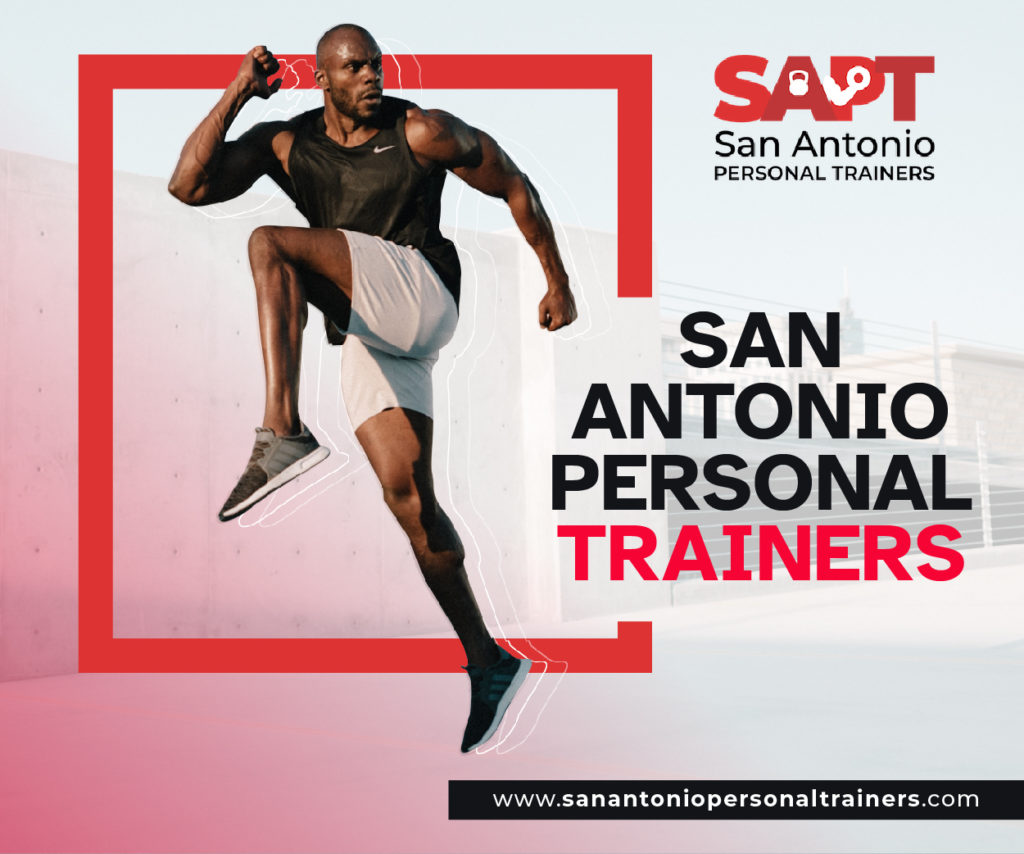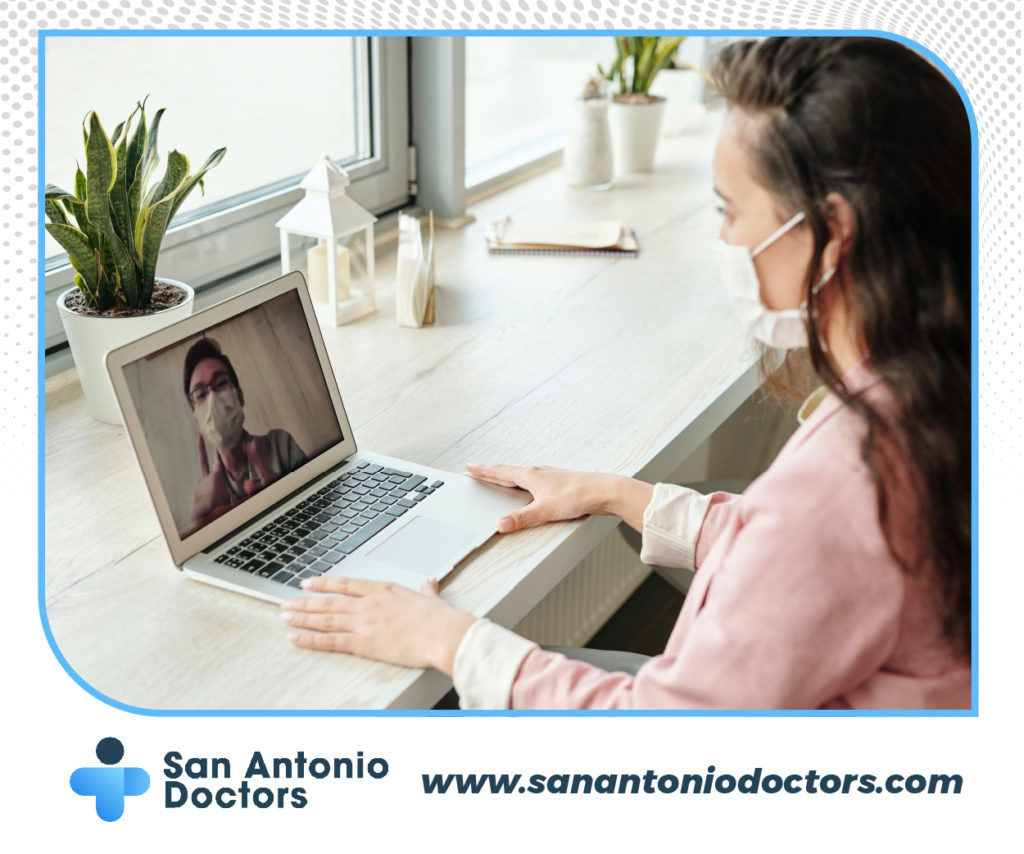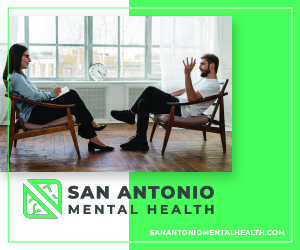What is it, and why is it important?
By Shannon Sutton, CPT
I’m sure you have probably heard the terms core, core strength, and spinal health, but what exactly do these things mean? The National Academy of Sports Medicine defines core as the center of the body and the beginning point for movement (core refers to the lumbo-pelvic-hip complex, thoracic spine and cervical spine). Core strength is defined as the ability of the lumbo-pelvic-hip complex musculature to control an individual’s constantly changing center of gravity. Finally, the components of spinal health are strength, stability, flexibility and endurance.
When you stop yawning, ask yourself, What does this mean to me? The answer is everything! Without a strong, healthy, flexible core, your limbs do not have a solid foundation from which to grow, function, strengthen and perform! You need stability before you can achieve safe mobility (just like a baby!).
One of my favorite, most well-rounded examples of a thorough core workout (that can be performed at multi-fitness levels) is Pilates. It is a method of physical movement that stretches, strengthens, tones and balances the body while focusing on breathing. Pilates also improves circulation and increases lung capacity, while promoting enhanced posture and core strength, and it is easy on the joints. It can be performed with equipment (using spring tension with head, neck, back and shoulder supports) or performed as mat work.
The following is a demonstration of the Pilates teaser as well as other lower back, abdominal, and oblique moves to get you started on your core routine. These exercises will also benefit the glutes, hip flexors, neck, shoulders and many other related muscles.
Pilates Teaser: With arms and legs extended and spine lengthened, inhale deeply through your nose, exhale completely while simultaneously pulling your navel in and rolling up to a V position with arms and legs parallel. Inhale, extend upper body up to lengthen spine, and SLOWLY roll back down to starting position as you exhale completely. Be sure to keep your navel pulled in. Repeat.
Abs, obliques and lower back / Roman Chair: Position body to side stance and engage your abs. Slowly lower your upper body sideways (ribs toward hip). Feel the stretch and slowly come back up. Repeat 15 to 25 reps, and repeat on other side. Rotate your body forward (hip bones should be resting on the pad) and begin performing lower back extensions. Try not to hyper-extend your back. Repeat desired number of repetitions. Rotate your body while resting your glutes on the pad. Extend back until abs are engaged and crunch forward SLOWLY. Repeat.
Always remember to listen to your body. Set challenging, yet safe and realistic goals and do not follow the no pain, no gain mentality when performing core work. Muscle burn should be the only pain you experience. I recommend trying a Pilates class (or three!) to get started, and when in doubt, ask questions. Always keep safety first in mind.
Shannon Sutton is an independent certified personal trainer. Certifications include ISSA, NASM, APEX and Reebok. You may contact her at (210) 722-3962.






